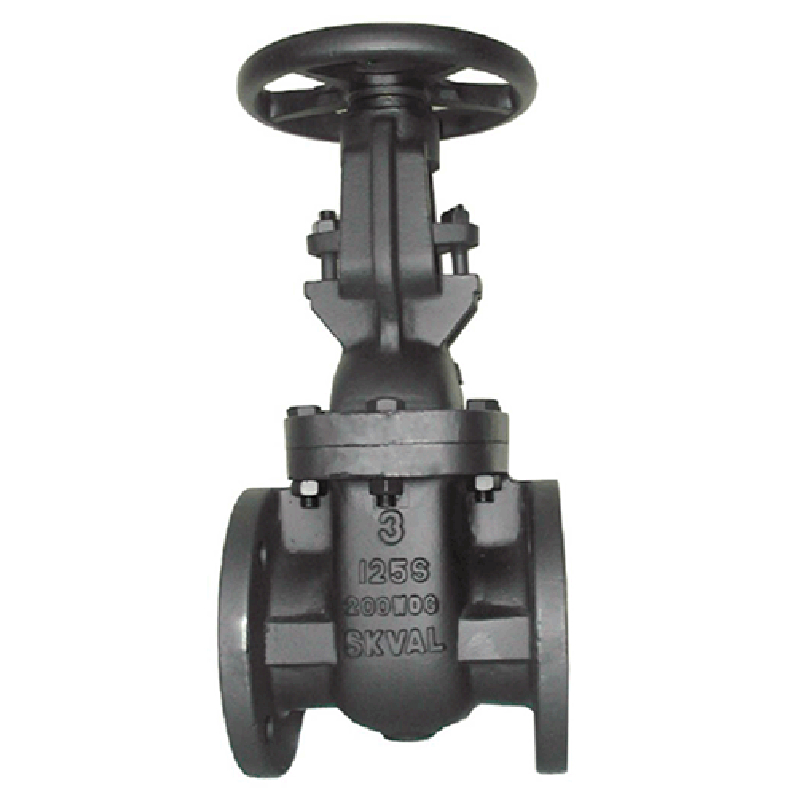8 月 . 28, 2024 11:36 Back to list
Ball Valve Flange Type - High-Quality Standard and Custom Solutions
Understanding Ball Valve Flange Types
Ball valves are essential components in various piping systems and are widely used across industries such as oil and gas, water treatment, chemical processing, and power generation. Among the different types of ball valves, those equipped with flanges are particularly popular due to their robust design and ease of installation. This article delves into the characteristics, advantages, and applications of ball valve flange types.
What Are Flanged Ball Valves?
Flanged ball valves feature flanges—flat surfaces with predetermined holes—that allow for secure bolted connections to piping systems. The flanges can be made of various materials, including stainless steel, carbon steel, and polymer composites, ensuring compatibility with diverse media and operating conditions. These valves are designed for tight sealing and are capable of controlling the flow of liquids and gases effectively.
Types of Flanges
Flanged ball valves come with several types of flanges, classified primarily based on the pressure rating and connection specification. The most common flange standards include
1. ANSI/ASME Flanges Often used in the United States, these flanges conform to ANSI/ASME standards and are available in different pressure classes ranging from 150 to 2500 psi. They are characterized by a flat face or raised face and require gaskets for sealing.
2. DIN Flanges Common in Europe, DIN flanges follow the Deutsche Industrie Norm (DIN) standards and are typically designed for low and high-pressure applications. They come in different materials and configurations, including welding neck, slip-on, and blind flanges.
3. JIS Flanges The Japanese Industrial Standards (JIS) flanges are tailored for the Japanese market. They are similar in purpose to ANSI and DIN but may differ in dimensions and pressure ratings.
ball valve flange type

Advantages of Flanged Ball Valves
1. Ease of Installation Since flanged ball valves are bolted directly to the pipelines, installation is straightforward and requires minimal tools. This significantly reduces installation time and efforts.
2. Robustness The flanged connection provides a strong and secure joint that can withstand high pressures and forces, making these valves suitable for demanding applications.
3. Maintenance Flanged ball valves allow easy access for maintenance and repairs without needing to remove extensive lengths of piping. This feature is particularly beneficial in industrial settings where downtime must be minimized.
4. Versatility These valves can be used with various media (liquids, gases, and slurries) and can handle a wide range of temperatures and pressures, making them ideal for various applications.
Applications
Flanged ball valves are employed in numerous sectors, including
- Oil and Gas Used for isolation and control in drilling and production processes. - Water Treatment Plays a crucial role in regulating the flow in treatment plants. - Chemical Processing Essential for controlling the flow of corrosive substances. - HVAC Systems Utilized in heating, ventilation, and air conditioning applications to manage fluid movement.
In conclusion, the ball valve flange type is a vital component in ensuring efficient operation within various piping systems. By understanding its characteristics and advantages, industries can optimize their fluid control processes, ultimately contributing to improved operational efficiency and safety.
Share
-
Understanding the Differences Between Wafer Type Butterfly Valve and Lugged Butterfly ValveNewsOct.25,2024
-
The Efficiency of Wafer Type Butterfly Valve and Lugged Butterfly ValveNewsOct.25,2024
-
The Ultimate Guide to Industrial Swing Check Valve: Performance, Installation, and MaintenanceNewsOct.25,2024
-
Superior Performance with Industrial Swing Check Valve: The Essential Valve for Any SystemNewsOct.25,2024
-
Industrial Swing Check Valve: The Ideal Solution for Flow ControlNewsOct.25,2024
-
You Need to Know About Industrial Swing Check Valve: Functionality, Scope, and PerformanceNewsOct.25,2024